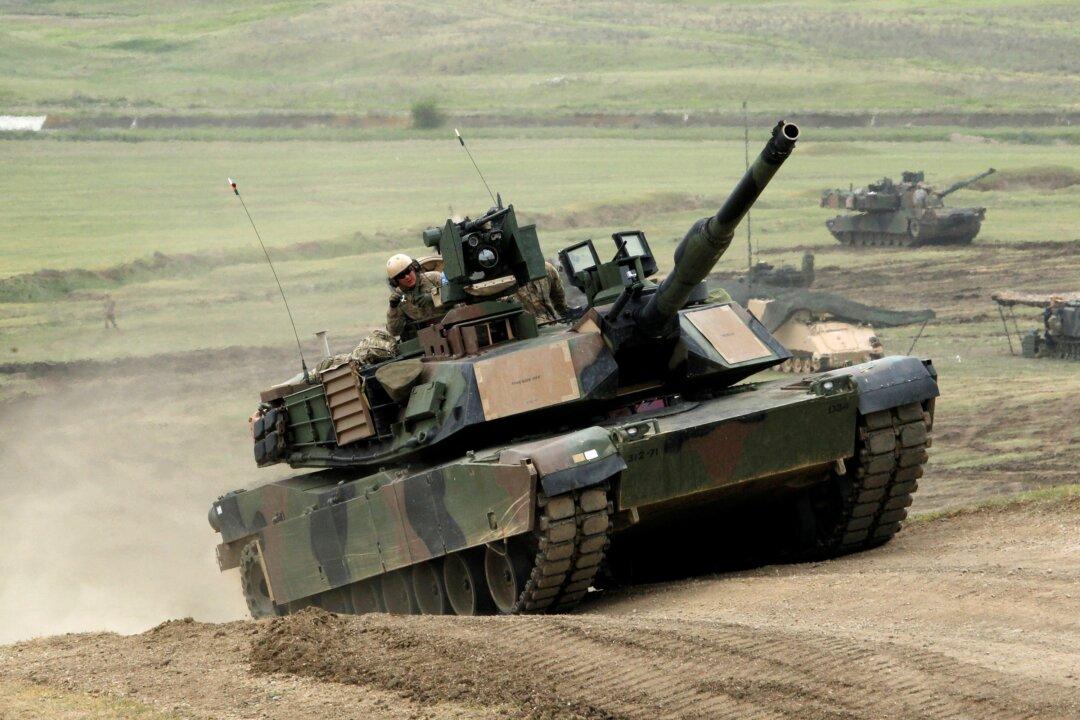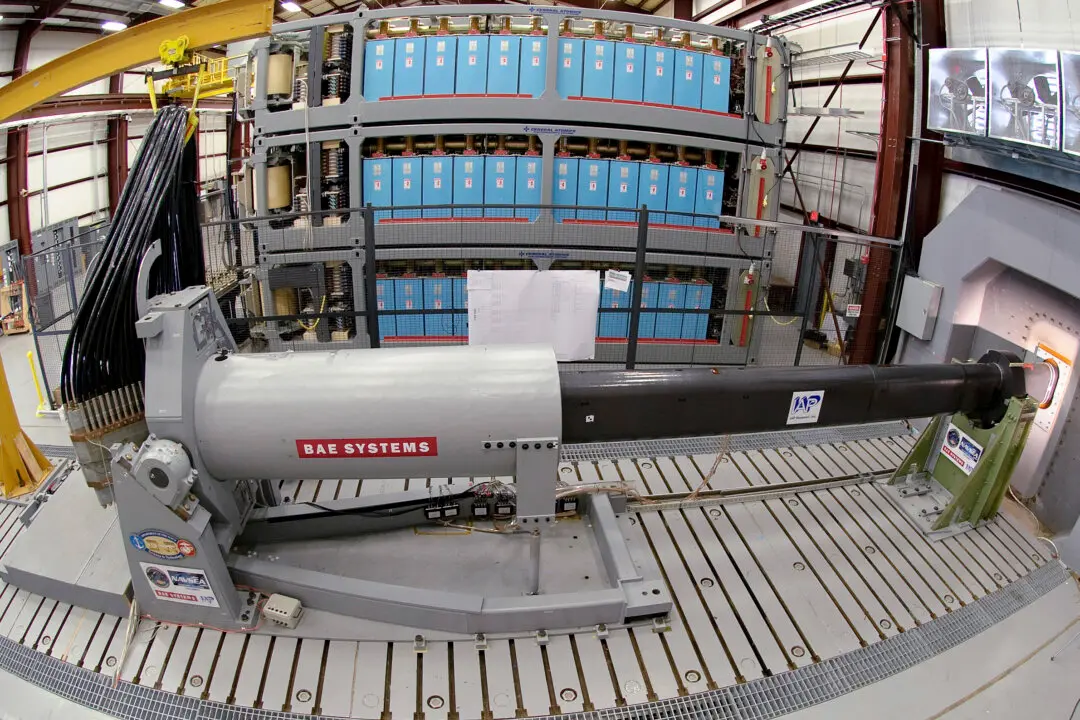Commentary
Thirty-one M1 Abrams tanks were delivered to Ukraine in September/October 2023 only to effectively disappear from the news for about four months. Now with the reported destruction of the fourth M1 Abrams tank in a span of 12 days, they are back in the news. And the fact that they are back in the news is a sign of how desperate things are for Ukraine.





